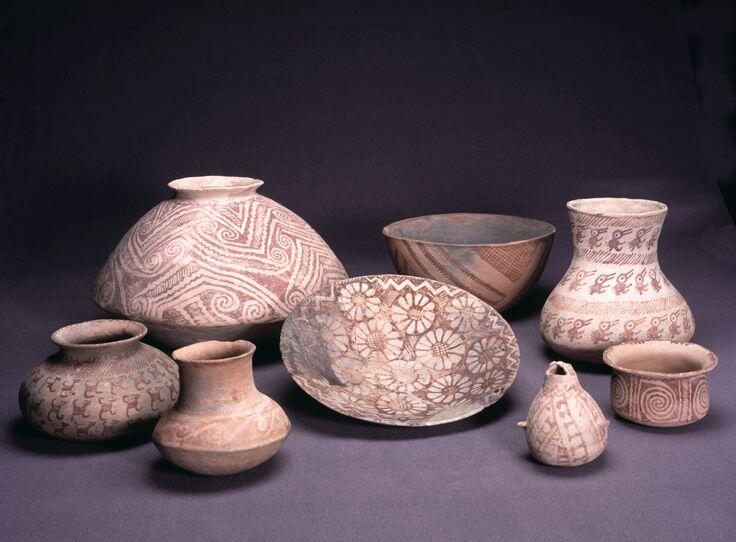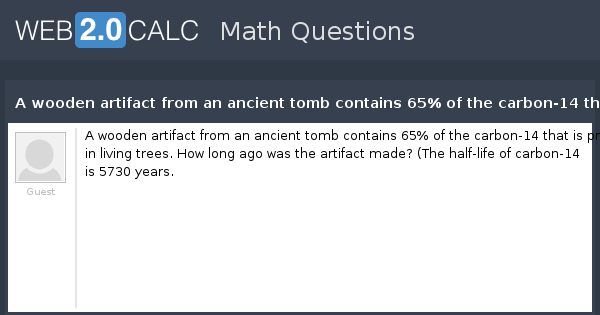
Thus the product backlog is an ordered list of business requirements owned by the PO and visited on time again and again as the project progresses. Or there might be a critical user story which might have to be implemented first because the customer wants to see that before the others even though it might not be high on priority as per the factors decided by the PO and the scrum team. There will be situations where a new requirement is dependent on another item in the backlog so the item priority might need to be reshuffled. New requirements might come up as the progress is made and that might change the priority of the backlog items as well. Instead, it is meant to be shared again and again as the changes keep coming up. It is not to be created at the beginning and then kept at a storage location. The purpose of a product backlog is to be an active requirement source. Thus the document requirements are not frozen right at the beginning because there are additions/ deletions/modifications expected as the project progresses. It should be revisited as the PO receives inputs from the scrum team and the customer requirements become more and more clear. (iv) It should be dynamic – The product backlog is not a final static document. Creation of detailed user stories as per the requirement is up to the scrum team and not the PO.

(iii) It should be high level – The stories in the product backlog are meant to be high level and should not go into the details. This can be used for prioritization as well. (ii) It should be estimated – The stories should always be estimated as per the agreed definition, whatever that might be. It helps the team in understanding what needs to be delivered first. The prioritization factors can be any like benefit from the story point, the effort involved in the creation, complexity, customer priority etc. This priority can be decided by the PO and the scrum team together. (i) It should be prioritized – The items in the product backlog should be ordered as per their priority.
LIVING ARTIFACT MEANING HOW TO
This brings us to the question, how to create a good product backlog?Ī product backlog should ideally follow the below rules: They will rather be in an alignment with the product backlog requirements.īelow is an Example of what a typical product backlog can look like: They can create their own detailed artifacts but those won’t contradict or replace the product backlog. Also, having a product backlog doesn’t mean that the scrum team will only have this artifact to follow. It can even be a layman’s language, but it should contain all the product requirements and the accompanying changes. The items in this list may or may not be in a technical language. The POs use this product backlog to explain the top requirements that need to be done during the sprint to the scrum teams. The PO is responsible for creating, maintaining and prioritizing this list. It’s an ordered list of items which is owned by the Product Owner (PO). It’s the final document to be referred to by the scrum team for anything related to the product. To put it in simple terms, a product backlog is a list of all the things that are required in the product.


It is built for humans to continuously develop ideas over longer periods of time and emphasizes collaboration as part of the system.Now we will see what these terms mean and how to create these artifacts. It organizes these documents loosely enough to aid the making of associations while retaining enough structure for users to navigate their collections seamlessly. It is built around documents that are units of meaning rather than units of data, enabling the expression of thoughts grounded in the way humans think.

Artifacts is a human-centered framework for growing ideas.


 0 kommentar(er)
0 kommentar(er)
